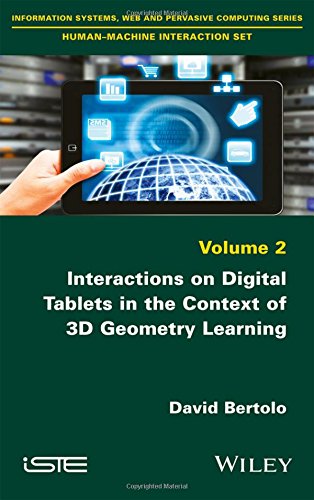

Most ebook files are in PDF format, so you can easily read them using various software such as Foxit Reader or directly on the Google Chrome browser.
Some ebook files are released by publishers in other formats such as .awz, .mobi, .epub, .fb2, etc. You may need to install specific software to read these formats on mobile/PC, such as Calibre.
Please read the tutorial at this link: https://ebookbell.com/faq
We offer FREE conversion to the popular formats you request; however, this may take some time. Therefore, right after payment, please email us, and we will try to provide the service as quickly as possible.
For some exceptional file formats or broken links (if any), please refrain from opening any disputes. Instead, email us first, and we will try to assist within a maximum of 6 hours.
EbookBell Team

4.3
28 reviewsOver the last few years, multi-touch mobile devices have become increasingly common. However, very few applications in the context of 3D geometry learning can be found in app stores. Manipulating a 3D scene with a 2D device is the main difficulty of such applications.
Throughout this book, the author focuses on allowing young students to manipulate, observe and modify 3D scenes using new technologies brought about by digital tablets. Through a user-centered approach, the author proposes a grammar of interactions adapted to young learners, and then evaluates acceptability, ease of use and ease of learning of the interactions proposed.
Finally, the author studies in situ the pedagogic benefits of the use of tablets with an app based on the suggested grammar. The results show that students are able to manipulate, observe and modify 3D scenes using an adapted set of interactions. Moreover, in the context of 3D geometry learning, a significant contribution has been observed in two classes when students use such an application.
The approach here focuses on interactions with digital tablets to increase learning rather than on technology. First, defining which interactions allow pupils to realize tasks needed in the learning process, then, evaluating the impact of these interactions on the learning process. This is the first time that both interactions and the learning process have been taken into account at the same time.